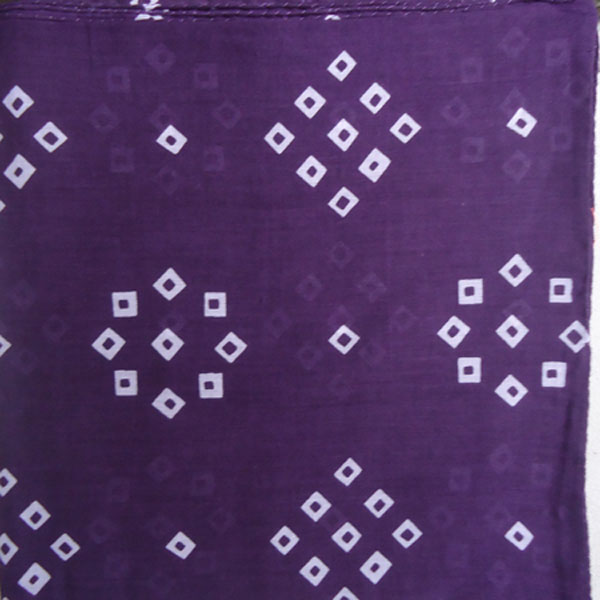Dark Purple "Spot'd" Handkerchief
$27.00
HAN25
“Spotted” Handkerchiefs, such as our Dark Purple "Spot'd" Handkerchief, appear frequently throughout the 18th and into the 19th centuries. They are described in shop advertisements, runaway ads and featured in genre paintings. Originally made by “tie & dye” method in India, English printers & dyers sought to duplicate the popular style, which made for lively patterns at minimal cost.
This Dark Purple "spot'd" Handkerchief is based on several original examples and contemporary paintings. One example is in the collection of the Philadelphia History Museum, and attributed to Quakers Hannah and Samuel Fischer. It appears to be a deep purple cotton, which has oxidized to a dark brown. The color of our Dark Purple "Spot'd" Handkerchief is taken from similar purples printed on cotton and linen in the 18th century. Another example is a 1785 handkerchief recovered from the wreckage of The General Carleton of Whitby, with the same design. You can read an excellent report assembled by various authors on this wreck and it's surviving artifacts, and can find a picture of the handkerchief on page 193, in the section about surviving mariner's clothing by Larry Babits and Matthew Brenckle.
Our Dark Purple "Spot'd" Handkerchief:
- Measures approximately 34 inches square.
- 100% hand loomed cotton mull.
- Hand printed and finished.
- About Our Handkerchiefs
Please select all options.







